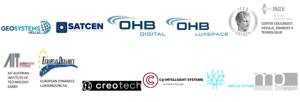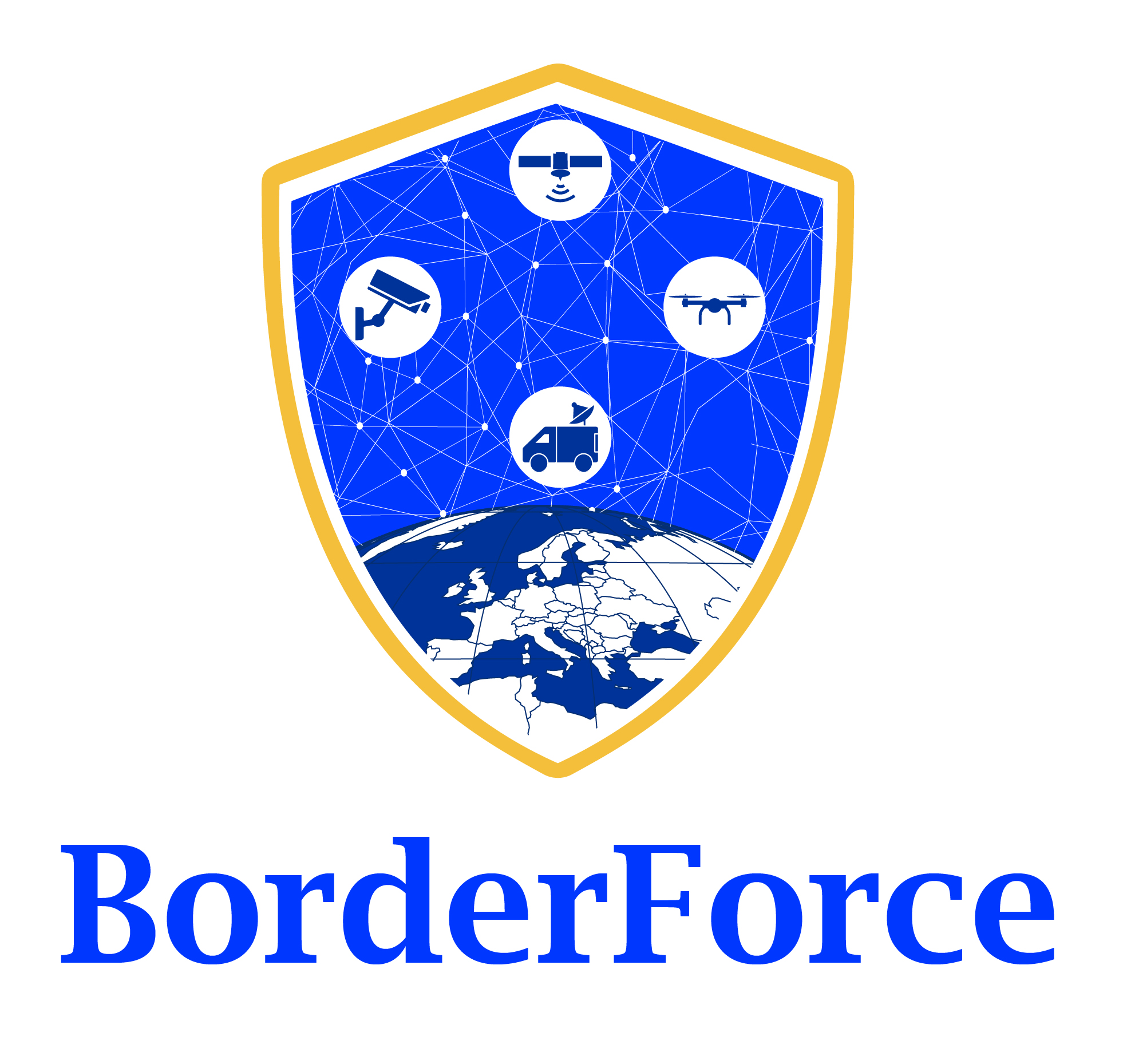LINKS: _project_website
FOCUS AREA:
NAME OF THE PROJECT: Flexible system extending automated border surveillance by increased situational awareness adaptable to uncertain times with unforeseen events
SHORT NAME: BorderForce
PROGRAM: HORIZON-CL3-2023-BM-0
STARTED AT: 01/11/2024
SUMMARY:
The EU has experienced a surge in fixed border surveillance solutions, including physical barriers, now covering 13% of its external land borders. The BorderForce project addresses evolving threats by enhancing real-time surveillance capabilities. It introduces a dynamic system featuring self-sufficient, transportable Command and Control (C2) stations with configurable and extendable capabilities. These stations incorporate versatile surveillance towers with anti-drone features, integrating data from autonomous monitoring sensors and UAV systems. Dedicated satellite resources, including CubeSats strategically positioned at high-risk areas, ensure frequent revisits to critical locations. To enable early threat assessment, BorderForce leverages Open-Source Intelligence (OSINT), processing online data to identify border security threats.
The project emphasizes ethical, legal, and social aspects, safeguarding fundamental rights in border surveillance capability development. BorderForce collaborates with EU and candidate country border authorities, customs agencies, and Common Security and Defense Policy (CSDP) entities. It defines scenarios, gathers architecture feedback, and validates input from end user.
The project focuses on data exchange, novel user interfaces (e.g., XR), and immersive training for collaborative threat assessment, promoting safety and security while upholding fundamental rights. This solution enhances resource sustainability by improving the coordination and deployment of reusable security measures. The BorderForce solution will be validated in two field trials to achieve a Technology Readiness Level (TRL) of 7.
It ensures seamless operations in monitoring the flow of goods, people, and information. Addressing challenges like migration, smuggling, and geopolitical tensions, BorderForce contributes to regional stability, particularly during crises. Overall, it combines technological innovation and international collaboration to bolster border security, prioritizing fundamental rights and ethical considerations.
A total of 17partners from 13 countries are participating in the project, including companies, research organisations, and end-users.
GEOSYSTEMS Hellas (GSH) is responsible for defining the Pilot Use Case, which includes outlining the pilots, setting up an operational living lab to test both the initial and final prototypes, and planning BorderForce solution demonstrations during field trials. GSH also handles the evaluation and benchmarking of the demonstrated BorderForce solution.
In addition, GSH is in charge of the Satellite and Drone Swarm Sensing activities, contributing machine learning (ML) and deep learning (DL) assets for RPAS/UAVs and satellite imagery. These technologies are used to design an efficient real-time object detector for multiple object recognition tasks, which will be integrated into the project’s smart C2 station.
Furthermore, GSH is responsible for the Initial Dissemination, Communication, and Awareness Raising, as well as the Exploitation Strategy during the project’s first period. In the second period, GSH will continue overseeing Dissemination, Communication, and Awareness Raising activities.
This project is funded by the EU Horizon Europe research and innovation programme under Grant Agreement: 101168316.
CONSORTIUM:




